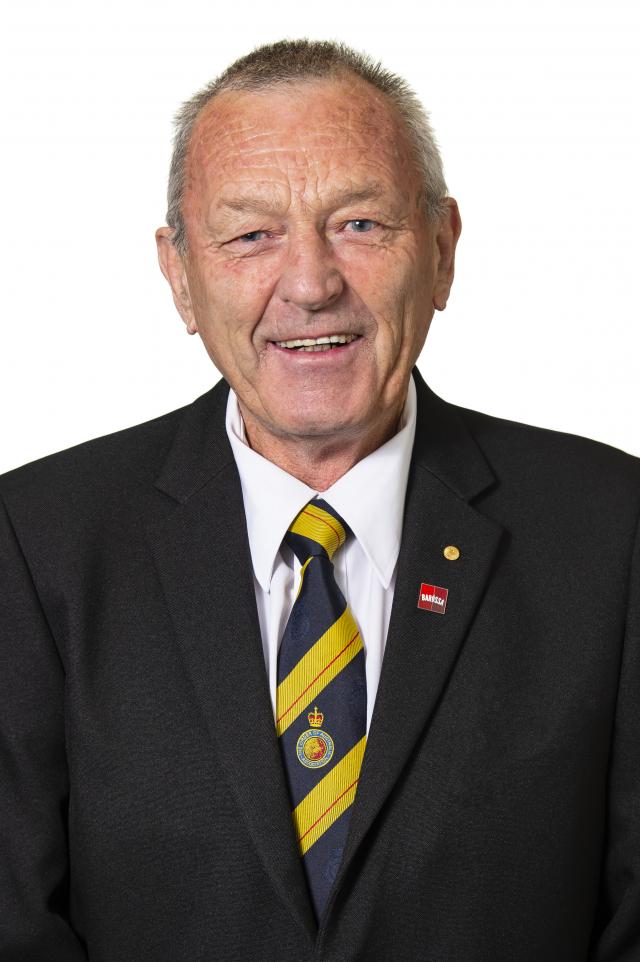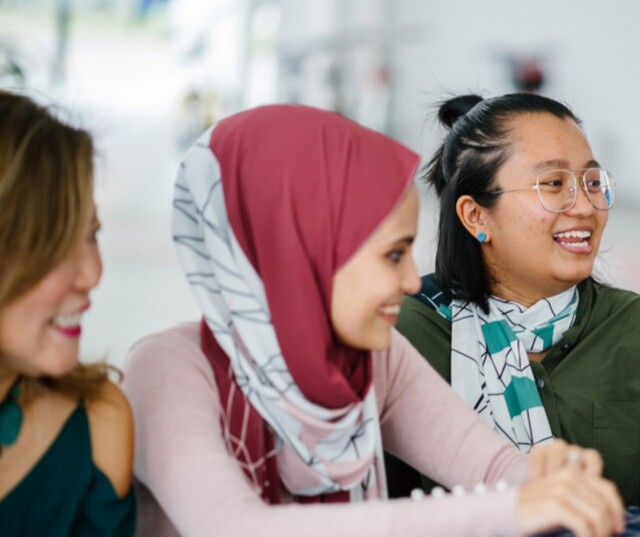I’ve been involved in local government for 50 years in various roles. I began with the former District Council of Barossa on the tools, digging graves and operating plant and equipment before progressing to the role of Director, Works and Engineering Services for The Barossa Council following amalgamation. I undertook extensive studies and back in those days it was done in my own time and self-funded. Following retirement I took on consulting work within the local government sector before returning to The Barossa Council as an Elected Member and successfully running for Mayor in the 2018 local government elections.
Tell us about your area: what makes your council special or different?
The Barossa is nationally renowned for its wine and food, however there is much more to the region. My favourite part of the Barossa is the natural attractions, with our reservoirs providing opportunities for kayaking, canoeing and mountain biking in the surrounding national parks, reserves and forestry land. You can’t beat the breathtaking views from the Steingarten Lookout or a scenic ride along the Barossa cycling and walking trail from Angaston to Gawler. For me, it’s really the areas away from the main roads and the natural environment that provide unique experiences both for local residents and visitors to our region.
Do you have another job? Tell us about that and how it contributes to your role/views as a councillor?
Prior to becoming mayor and as an elected member I was undertaking consultancy work within the local government sector, which gave me the opportunity to gain an appreciation of how other councils operate and their challenges. I found this extremely beneficial in my current role as Mayor.
What activities do enjoy outside of work hours?
My main activity is related to cycling, whether it be off-road experience on mountain bikes or riding for charity. I have participated in Legacy rides from Melbourne to Adelaide and Canberra to Adelaide, and one of my claims to fame was riding in the peloton and on the wheels of Stuart O’Grady, a patron for the Legacy rides. However my personal highlight was riding 1200 kilometres on the Western Front Tour de Legacy. This ride took us from London, through Belgium and finished in France for the 100- year commemoration Amnesty, which became a TV documentary narrated by Gary Sweet.
What are they key challenges facing you and your Council?
Climate change and sustainability are key challenges for our industry, particularly the wine industry. A key aspiration is to drought-proof the Barossa to address lack of water within the region. Finding new export industry markets is also critical to address the global impact of China’s trade restrictions. We also continue to advocate for a new hospital in the Barossa to meet the growing demand for services within our area. Cycling tourism is high on our agenda and we continue to lobby for funding to deliver the Great Australian Wine Trail, a walking/cycling trail that will link the wine regions from Clare to the Barossa and McLaren Vale. This 200km trail will offer picturesque cycling and walking opportunities to help drive nature-based tourism and economic development for our State.
What innovative projects or policies is Council working on?
The Big Project is our largest and most ambitious community infrastructure project. Our vision is to deliver jobs, growth and community wellbeing through the construction of recreation and social infrastructure over a 35- year horizon. Over $30 million of infrastructure is currently being funded through The Big Project initiative.
Tell us about a specific success you have had in Local Government?
An extensive flood mitigation project saw the construction of a flood wall on the perimeter of Nuriootpa, protecting the township from flooding of the North Para River. Other achievements include the construction of the Barossa walking and cycling trail and the opening of local reservoirs for on-water activities such as canoeing and kayaking as well as mountain biking.
What is the best part about being a Councillor?
The opportunity and confidence the community invests in its Elected Members to represent them and serve them by delivering innovate projects and services that complement our Barossa Brand and lifestyle.
What is the worst part?
Receiving only four per cent of all government rateable income when local government is responsible for maintaining and improving so many community assets.
What do you hope to accomplish in the future?
I hope to see the construction of the Great Australian Wine Trail; further enhance our First Nations relationships; redefine our cultural, heritage and tourism experiences and drought-proof the Barossa.








